In a world where going "paperless" is the new trend, artist and ephemera collector Vicki Niolet takes at look at a few of the things we'll be missing.
- story and photos by Vicki Niolet
The term “ephemera” comes from the Greek meaning things that are used or enjoyed only a short time. A collector of ephemera usually seeks printed material other than books, such as brochures, newspapers and magazines.
Handwritten letters, postcards, and manuscripts, basically any loose paper with messages or images, may also be valuable. (Unfortunately this reasoning may empower hoarders who can’t throw anything away.) Most folks randomly accumulate bits of their past in scrapbooks full of ticket stubs, photographs, class report cards, and love letters for sentimental reasons. Some appreciate the artistry and detail of greeting cards with rich colors and elaborate cut outs, such as “cobweb valentines.” Others spend lifetimes tracking down baseball cards, historical documents, or famous autographs resulting in valuable collections that are anything but temporary.
Advertising pieces are one of the most popular categories of ephemera. Long before Hollywood came up with the idea of “product placement” leaving a trail of Reese’s Pieces in “ET,” tempting messages were fed to us unconsciously in fine print on matchbook covers, needle cases, calendars, and other touchable items handled during the course of a day.
An early example of product exposure is the funeral home advertising on the back of paper fans. It straddles the line of insensitivity and genius, while hitting all the situational marks, strategically located on items that were tangible, visible, and very necessary.
Fluttering “Last Supper” fans kept delicate ladies from swooning, while subliminally reinforcing the commercial elephant in the parlor. And most importantly, they solved a problem in an uncomfortable situation. No one likes to grieve in the heat.
Pin ups of movie stars boosted wartime morale of soldiers who were encouraged to join the war effort through inspiring recruitment posters. Movie placards and stage playbills have always attracted the attention of the public as well as collectors.
Entertainment ephemera include iconic concert posters (Woodstock, Monterrey Pop, N.O. Jazz Fest) and letterpress prints made famous by “Hatch Show Print” of Nashville. While these remain highly pursued by collectors, there’s a new breed of collectible creators who capitalize on our need for tangible keepsakes in a technically oriented society.
In 2015 two young entrepreneurs landed a deal on “Shark Tank” for their company, ZinePak. The original idea started as a merchandizing strategy for brick and mortar stores to compete with downloaded music. They gave customers an incentive to purchase CDs with photos, booklets, and souvenirs, enhancing the original idea of album liner notes.
In addition, they design elaborate tickets, programs, trading cards, and mixed media packages for concerts to create a tangible experience lasting beyond the performance. With clients ranging from Dolly Parton to Justin Bieber, the marketing maneuver provides physical proof of super fan status and a new category of 21st century ephemera.
With that in mind, consider the graphic trends of today and you’ll notice a retro vibe. Modern websites employ nostalgic images with classic design flourishes and borders from early paper advertising.
This movement embraces the emotional value of vintage. Circus tent images, art-deco symbols, and printers’ dingbats (the graphic kind, not Edith Bunker) have dominated new print and digital media. Fonts reminiscent of headlines from The Daily Planet echo another era, like facing mirrors, old and new images infinitely reflecting each other.
In general, a disposable feature tends to devalue most items, but in the case of amassing ephemera it is the defining characteristic that sparks a collector’s interest. Although transitory and more fragile than pottery shards or arrowheads, paper paraphernalia also record the history of everyday life.
In the future, flea markets and antique malls full of paper may become archeological digs revealing secrets of the 20th century.
If the trend toward “paperless” continues, eventually anything in our current lives involving paper will become collectible. Imagine your grocery receipt, unearthed in 2099 being scrutinized to discover the secrets of a lost civilization. Be careful what you purchase. You may be defining our primitive society.
Check out the works of Bay St. Louis artist Vicki Niolet on her website,www.vickiniolet.com
Comments are closed.
|
Categories
All
Archives
July 2024
|
Shoofly Magazine Partners
Our Shoofly Partners are local businesses and organizations who share our mission to enrich community life in Bay St. Louis, Waveland, Diamondhead and Pass Christian. These are limited in number to maximize visibility. Email us now to become a Shoofly Partner!

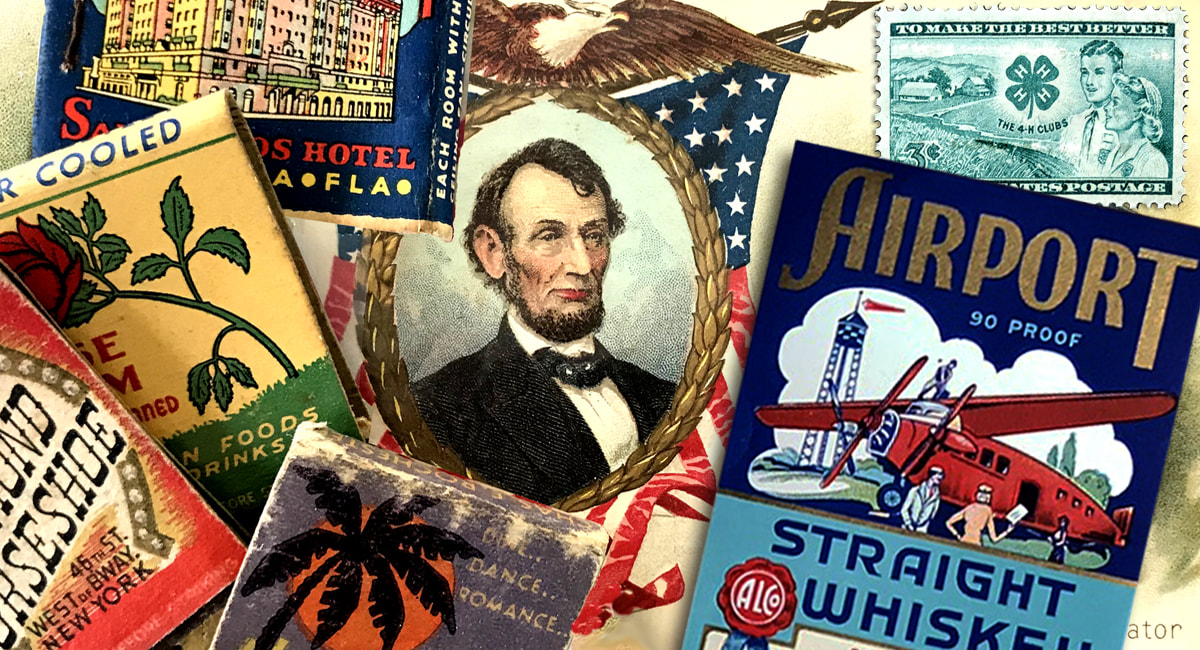

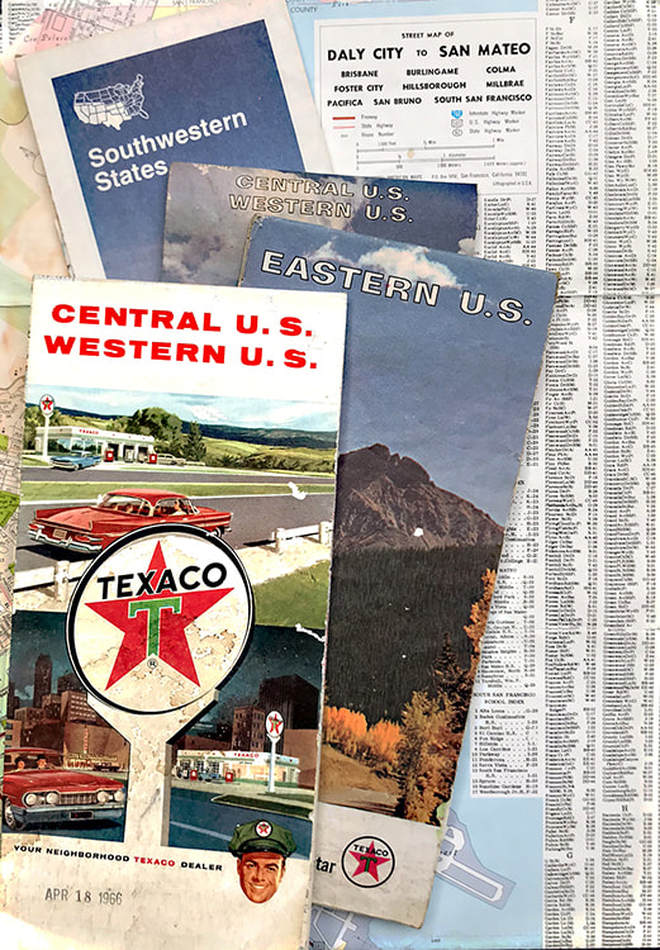

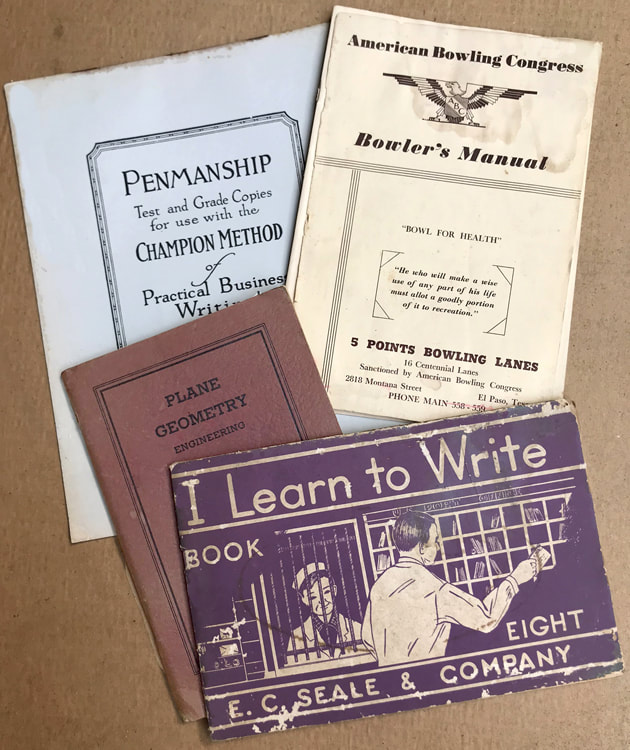
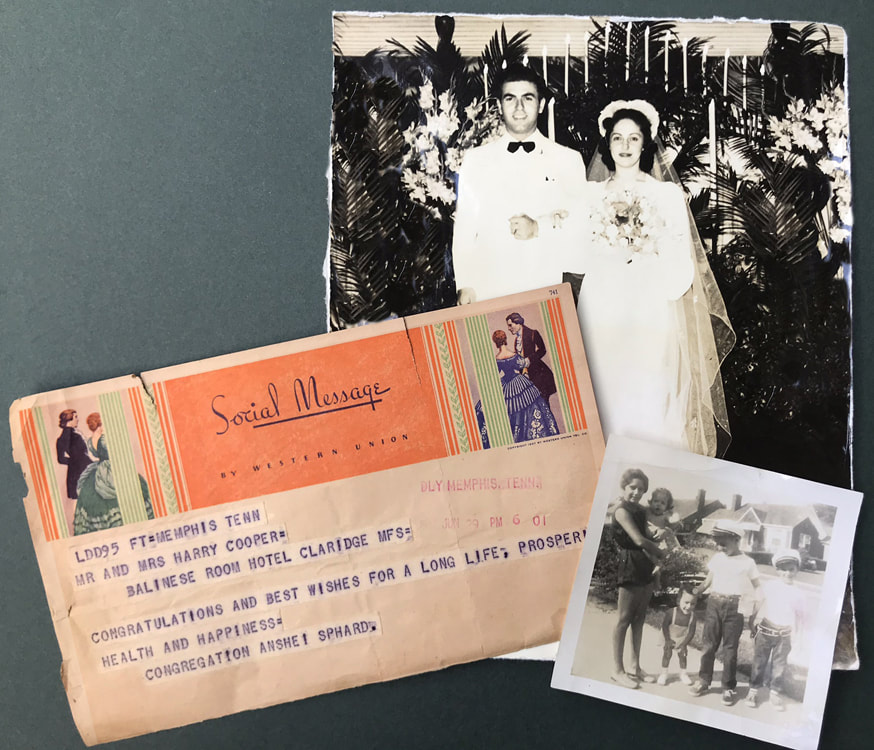
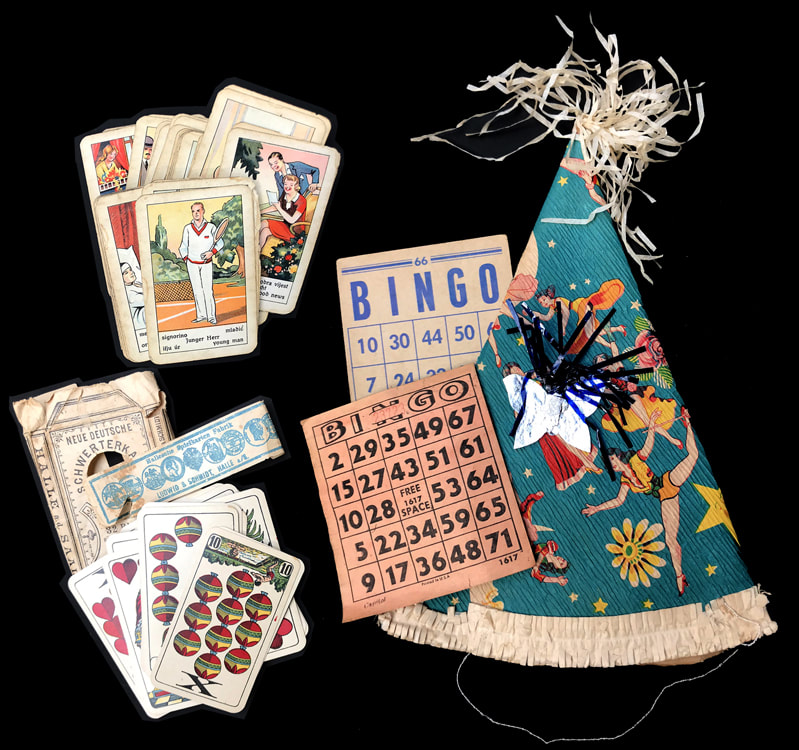
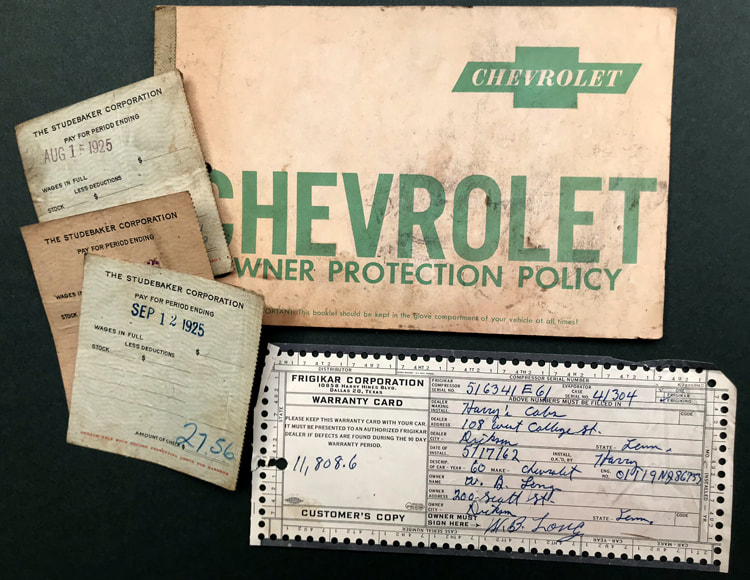
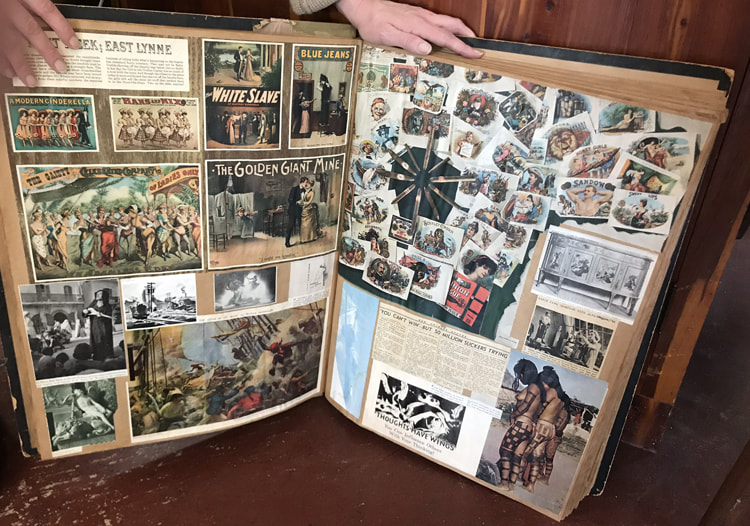
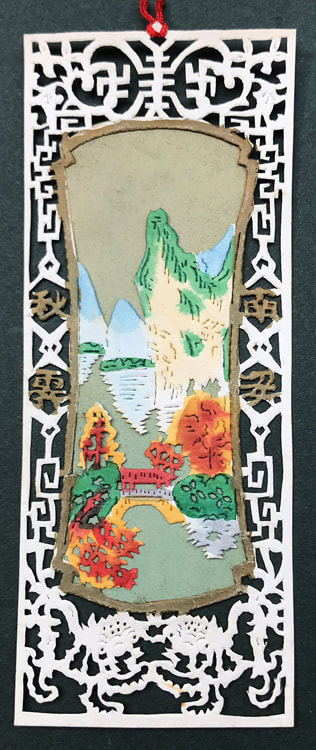
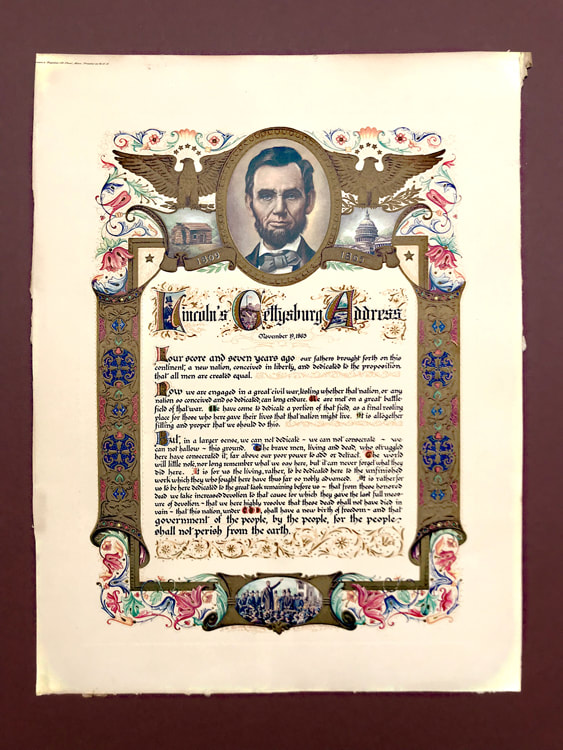
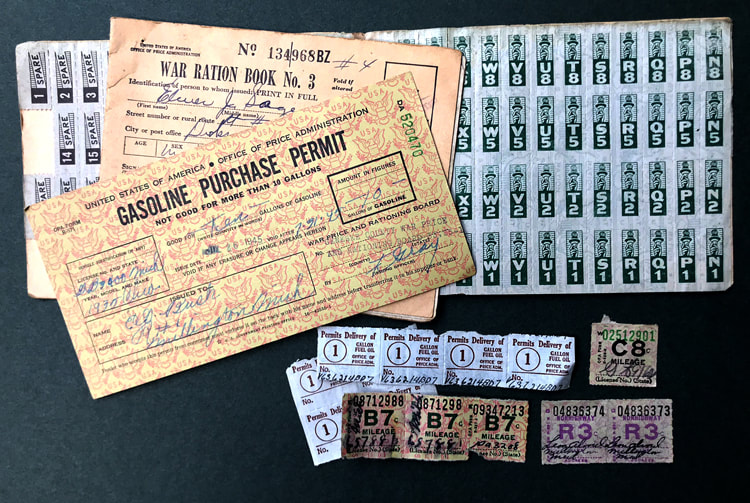
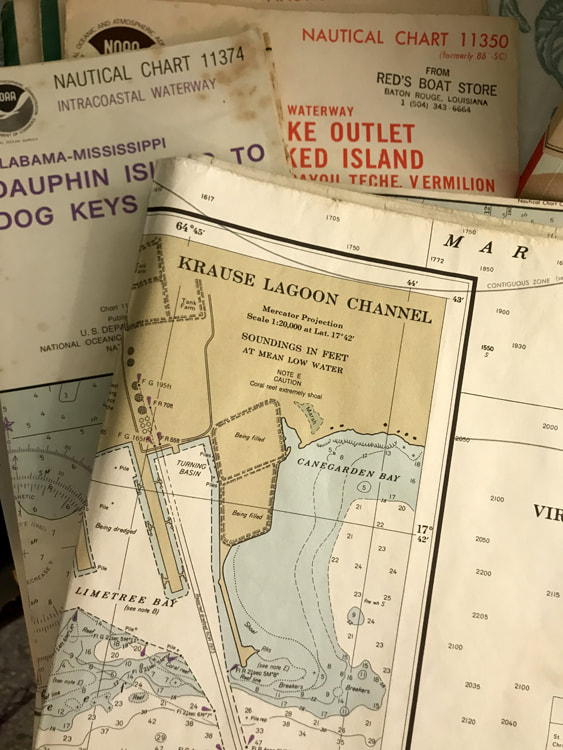
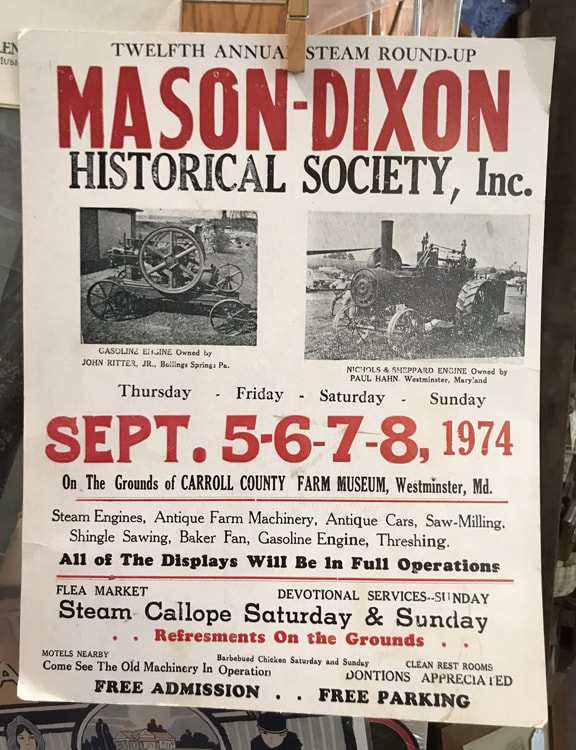
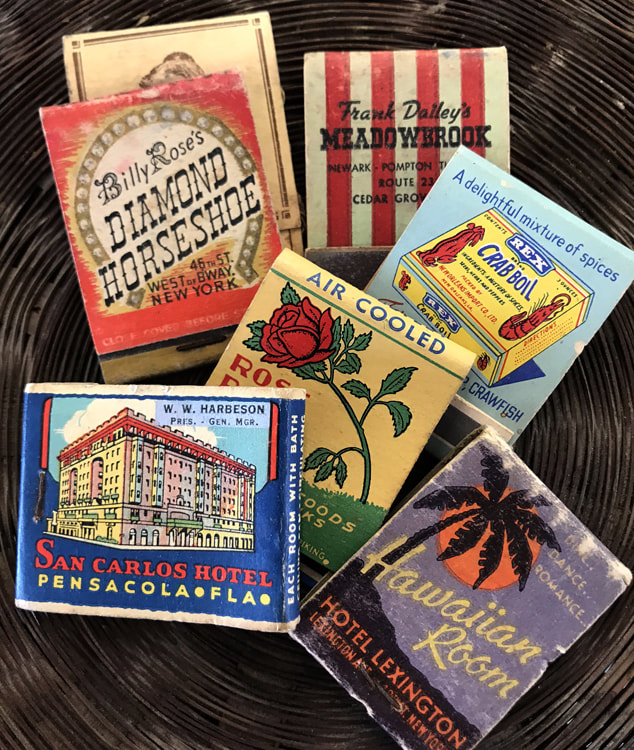
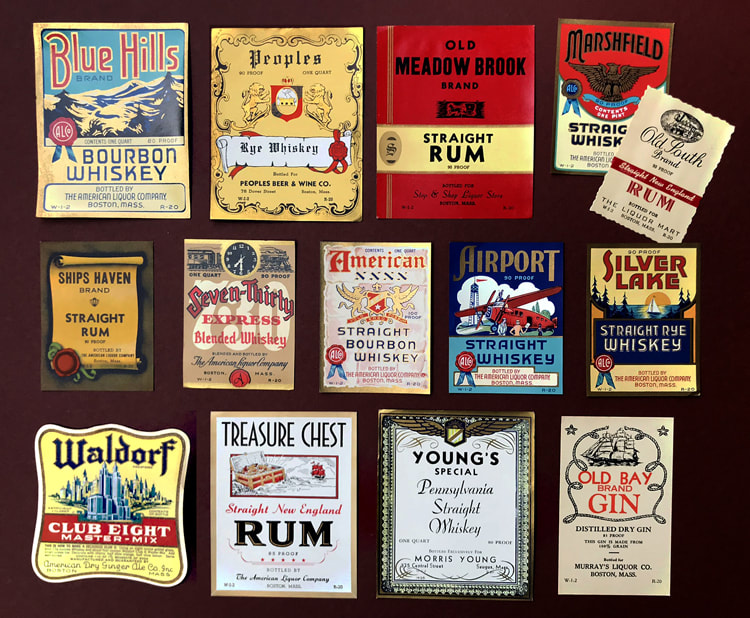
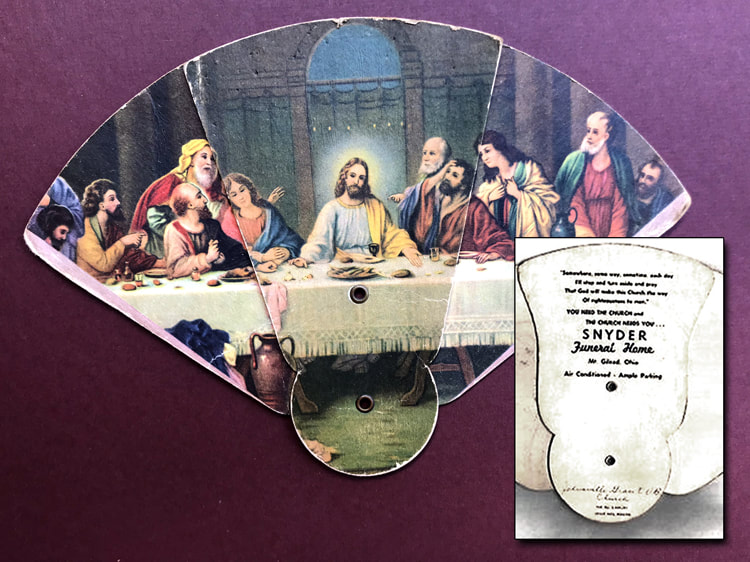
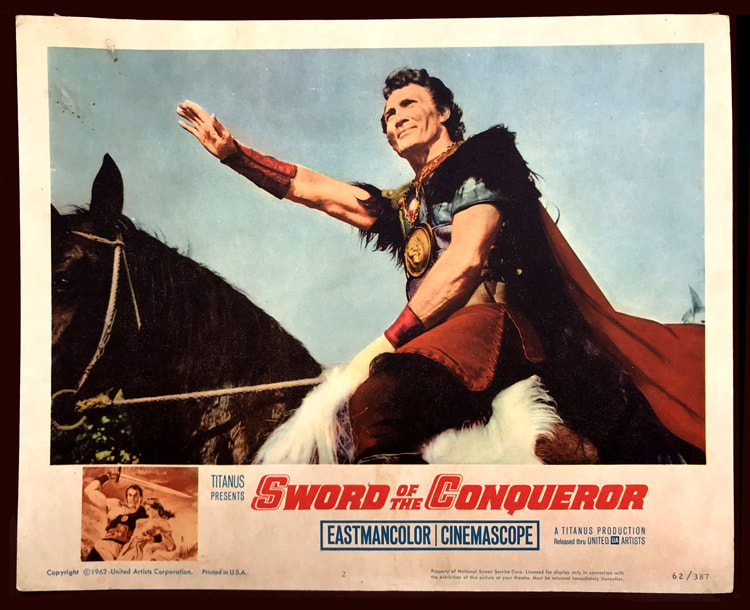
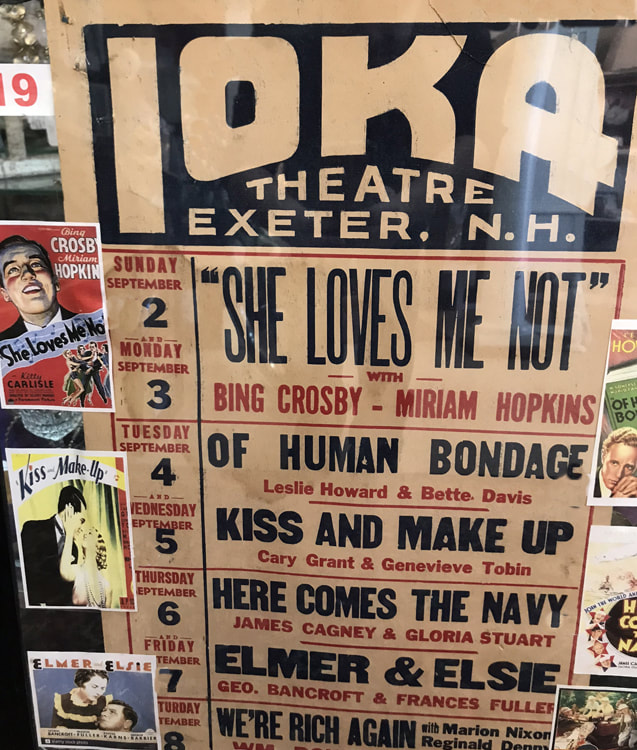
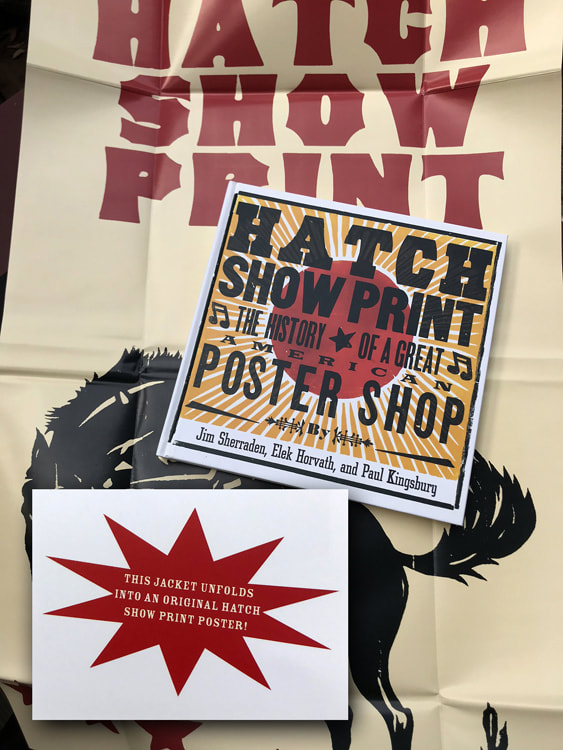
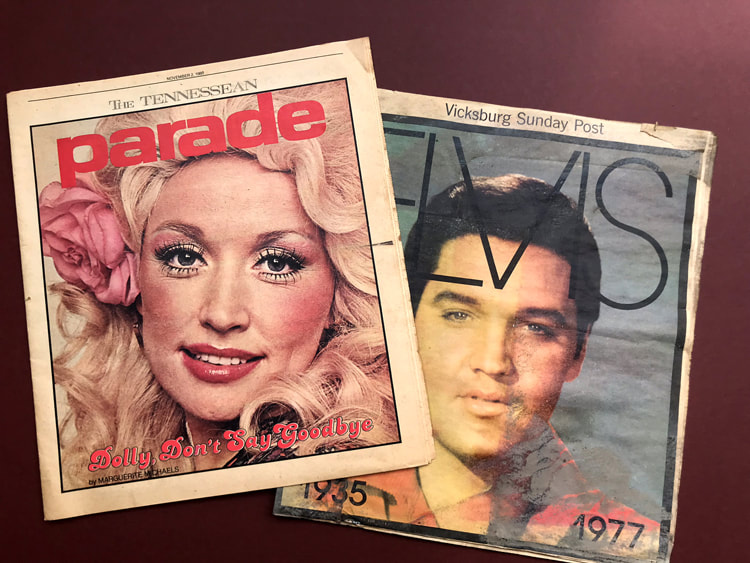
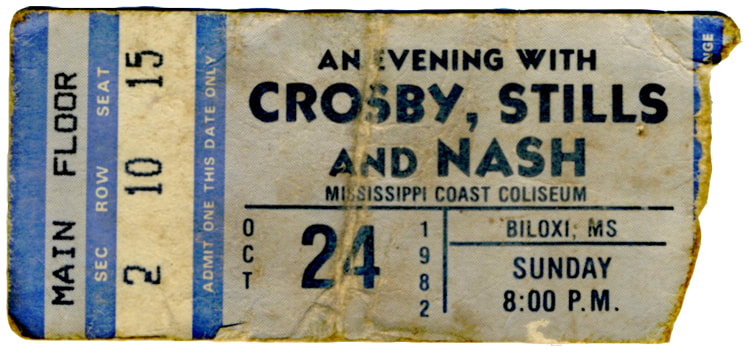
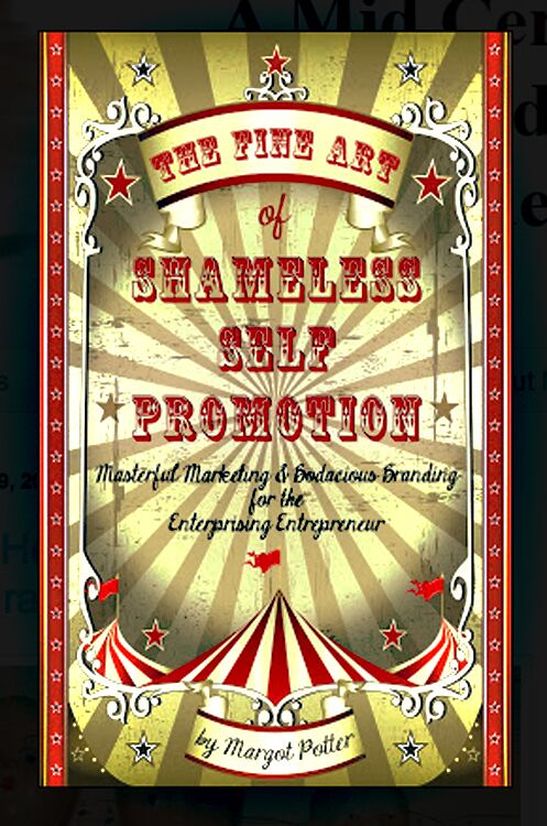
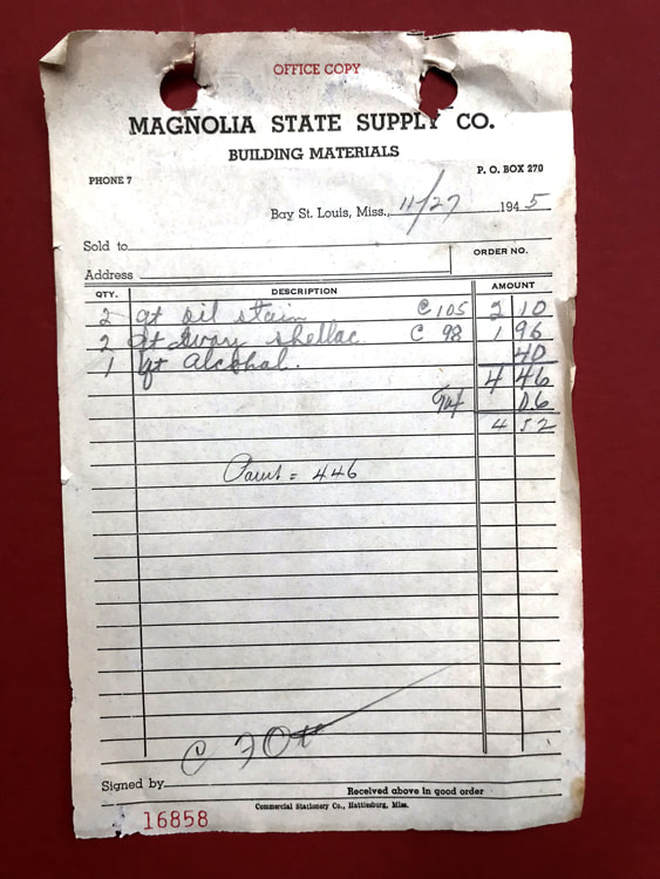
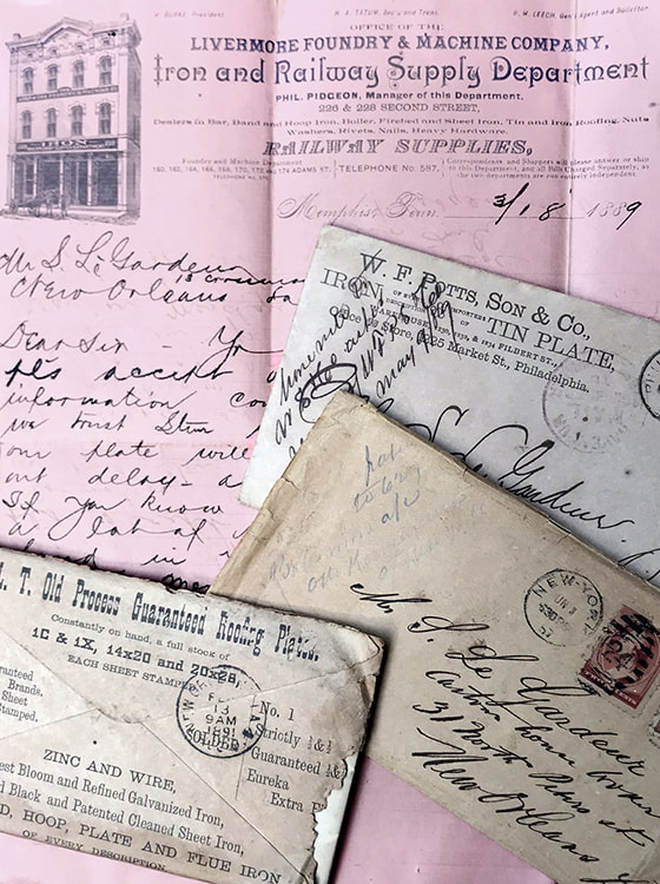

























 RSS Feed
RSS Feed























